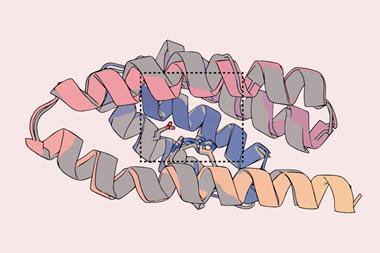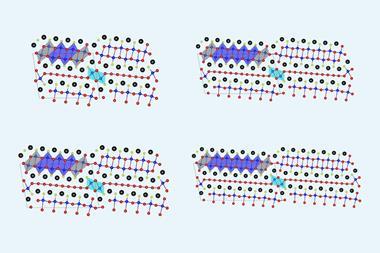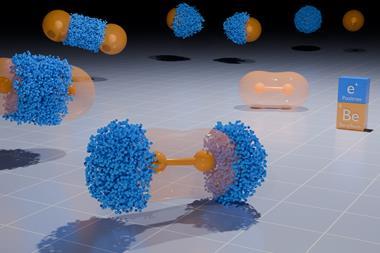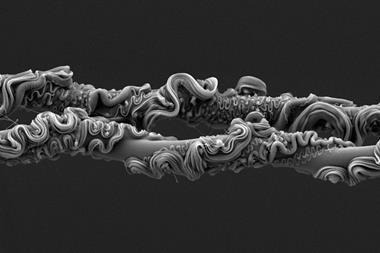A series of proteins in cerebrospinal fluid distinguish Alzheimer's disease from other neurodegenerative disorders.
Alzheimer’s disease, a debilitating neurodegenerative disorder that eventually results in wasting of the whole brain, offers a chemical clue that should make it easier to spot and possibly easier to treat.
A group of scientists, led by Kelvin Lee at Cornell Medical School in New York, US, has discovered a specific pattern of proteins that are indicative of Alzheimer’s. The proteins were found in samples of cerebrospinal fluid (CSF) - protective fluid surrounding the brain and spinal cord. Comparing CSF samples from Alzheimer’s patients and controls showed that a specific sequence of 23 proteins was a marker for the disease.
The CSF was broken down into its constituent proteins using gel electrophoresis, a method that separates molecules by pulling them through a gel matrix using an electric current. The molecules move different distances through the gel according to their size and weight. The separated molecules create ’bands’, just like those seen in DNA fingerprinting. The pattern of bands created when CSF from people with Alzheimer’s disease is run on a gel provides a specific fingerprint of the disease, said Lee.
’This protein sequence was an accurate marker of Alzheimer’s almost 90 per cent of the time, compared to current methods of detection that are only 80 per cent accurate,’ he told Chemistry World.
Taking samples of the CSF from patients requires a lumbar puncture - a painful and difficult procedure. It is not current practice for diagnosing Alzheimer’s disease, but Lee believes that these results could eventually change that, and could aid in the search for the next generation of Alzheimer’s drugs.
’The impact really goes beyond diagnostics,’ said Lee. ’This type of test could be used to monitor drug efficacy during clinical trials. Changes in these proteins associated with the disease and with drug treatment could be continually measured. Also, it is just as important to identify that a patient does not have Alzheimer’s so that the correct diagnosis can be made as early as possible.’
According to the Alzheimer’s Research Trust, it is estimated that 24.3 million people worldwide suffer from a form of dementia, of which Alzheimer’s is the most common type. There is no known cure.
One thing that makes this study special, according to Lee, is that his team was able to confirm the presence of the disease by post mortem. To allow this level of study samples must be taken from patients during their illness and after their death. ’You need good samples to start with to make this work, and these are very difficult to find.’
Alison Green, a neuroscientist from Edinburgh University, UK, told Chemistry World that further study of many more samples was needed before the real clinical impact of this result could be judged.
’It is an important development to be able to distinguish Alzheimer’s from other disorders at the early stages and this is a much better method than current clinical assessment,’ she said. ’But there are ethical issues with performing repeated lumbar punctures of Alzheimer’s patients. It is a stressful procedure and you are often dealing with patients who are not able to give their consent. That is a major consideration for this type of research.’
Victoria Gill
References
Finehout, E.J. et al, Ann. Neurol., 2006, DOI: 10.1002/ana.21038






No comments yet